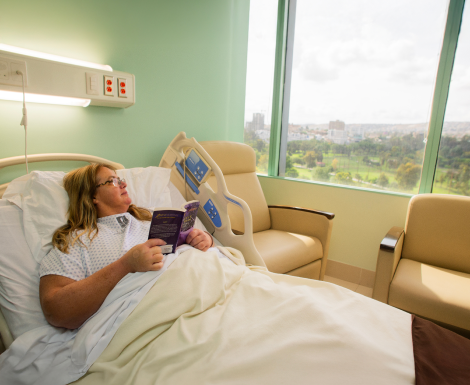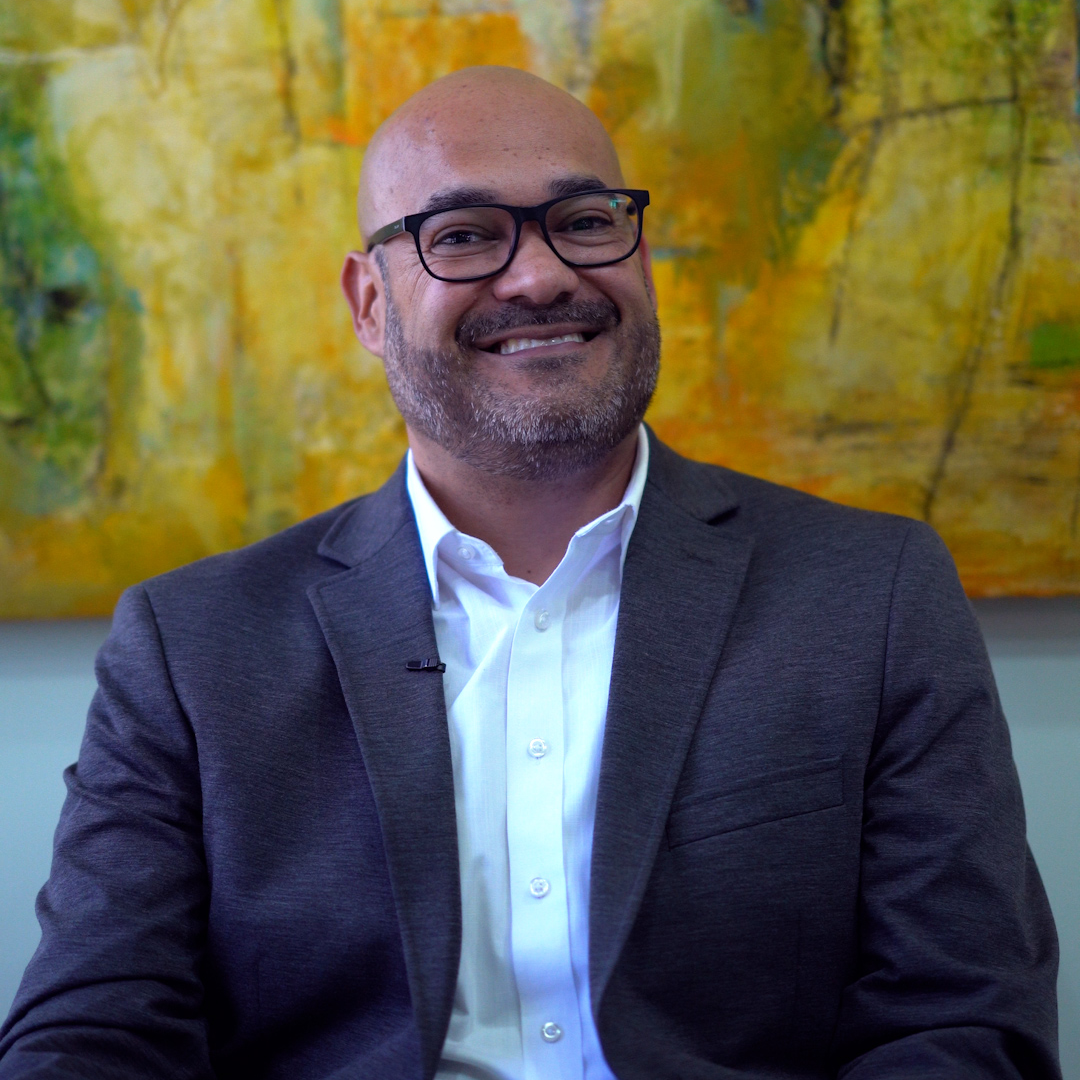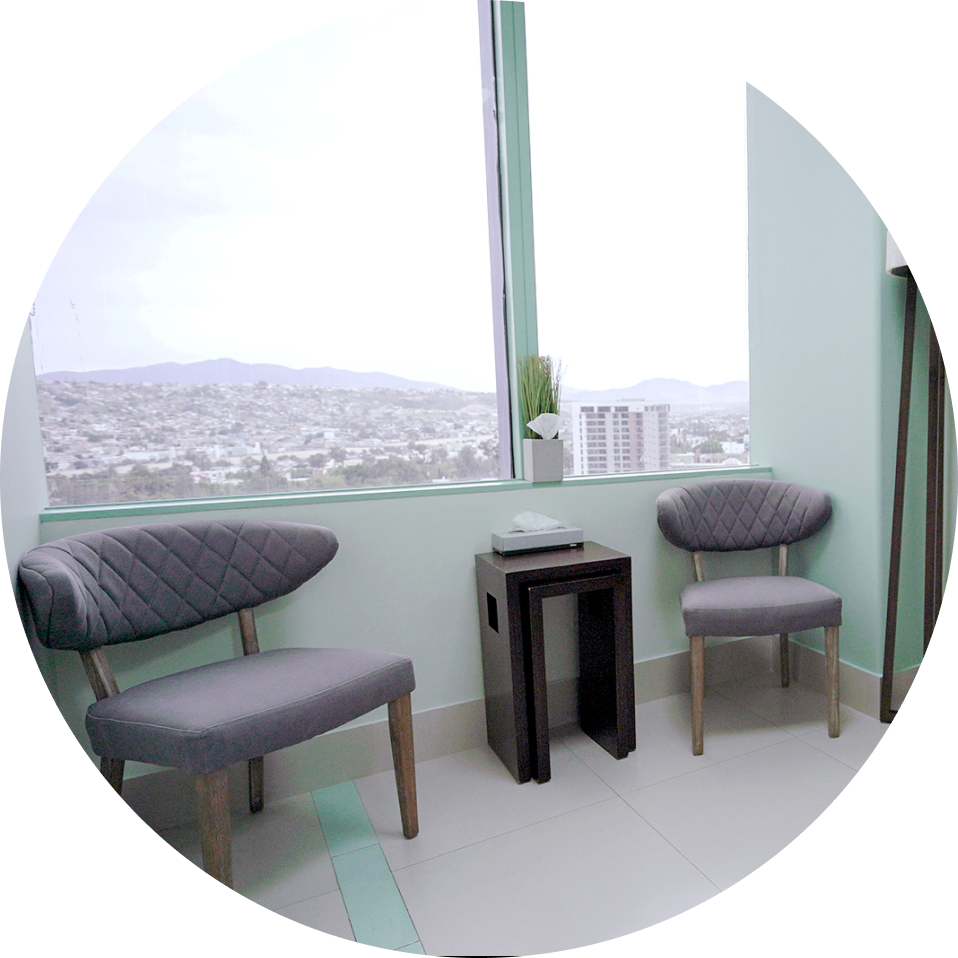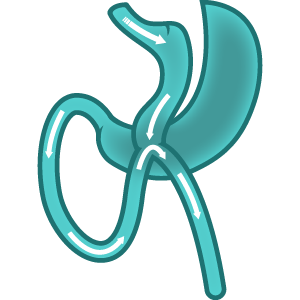
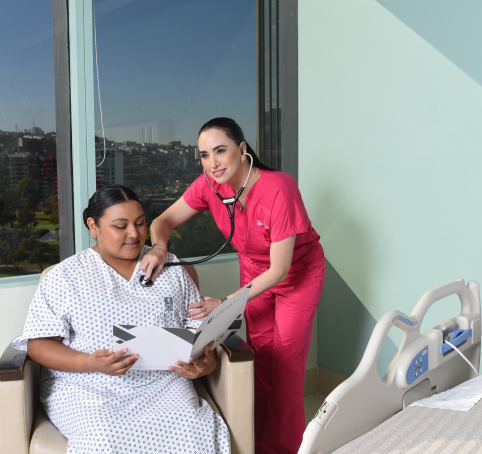



Karla
Inzunza

Emilio
Codorniz

Shantal
Maldonado

Anahí
Ortega

Sandra
Hernández
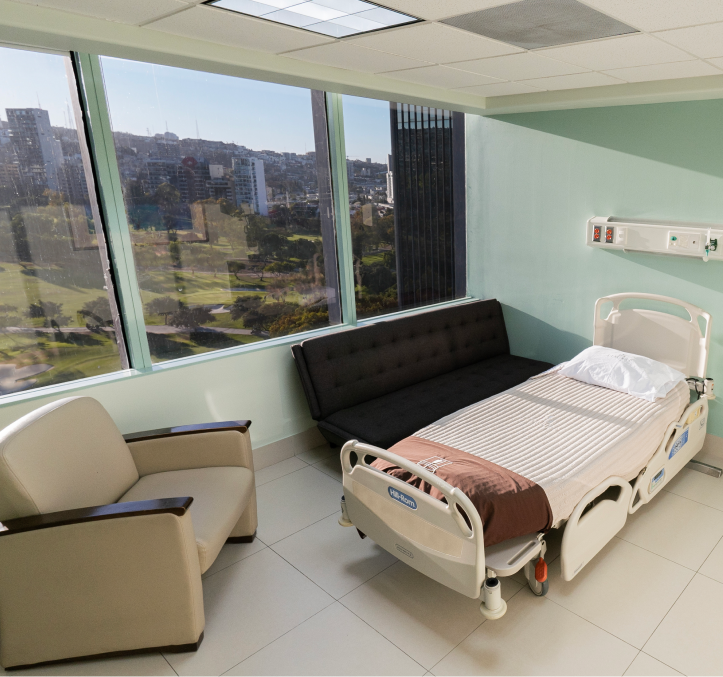

- Certified Master Surgeon: First woman in the world certified as a Master Surgeon in Bariatric Surgery.
- Over 15 years of Experience Over 15 years of experience transforming lives through advanced surgical techniques.
- Internationally Recognized Recognized globally for her contributions to bariatric medicine.
Who is a candidate for Mini Gastric Bypass?
Patients with a body mass index (BMI) over 40 can be eligible for a OAGB if they are interested in receiving a less invasive and affordable intervention in comparison with the Roux-en-Y. Patients with a BMI over 35 with multiple obesity-associated comorbidities or life threatening illnesses such as type 2 diabetes, hypertension, high cholesterol or sleep apnea may also be eligible for this procedure.
This procedure is a great alternative for patients who do not have insurance coverage or the economic means to afford more expensive procedures. The low cost of this type of surgery makes it more accessible for patients that might have a harder time deciding if they can make an investment on their health.
The characteristics of this surgery has made it a more accessible and viable choice in countries across Asia, the Middle East, Africa and Europe. According to the latest IFCO report, most of the OAGB interventions are done in those continents, and its practice in North America is almost non-existent. An important reason for this is the fact that no American insurance covers a OAGB. Patients visiting from United States should consider that coverage is limited to non-existent for this type or procedure. Acceptance for this procedure in the United States has been delayed, because there has been much controversy about the prevalence and effects of possible bile reflux as a long-term outcome of the surgery. However, surgeons have reported an incidence of symptomatic reflux following OAGB at less than 0.5% [3].
The low price of this intervention by no means translates to lesser quality nor lower benefits. It has been proven that the OAGB accomplishes the same, if not more outstanding results than the Roux-en-Y. It also leads to less recovery time and less complications.
What Should I Expect to Happen During the Procedure?
Treatment begins with initial consultation and evaluation with Dr. Pompa. Through this first consultation, Dr. Pompa and our medical team will assess if a OAGB is the right choice for you. You will meet with our bariatric nutritionist who will prescribe a special pre-op diet that will allow your body to be ready for surgery. Our psychologist will provide consultation to make sure you are prepared and fully aware of the changes that will follow in your journey to a new healthier life. You will also be given very specific pre-surgical instructions that will help you prepare for the big day.
Our expert team will always be available to assist you with any questions and concerns during your process.
Mini gastric bypass surgery is performed through advanced laparoscopic techniques, using the latest technology to ensure a safe and effective treatment. During the procedure, Dr. Pompa will make four to five small incisions in your abdomen and insert a tiny camera to guide her in rerouting your digestive tract with laparoscopic tools.
The small size of the incisions facilitates a faster recovery. This procedure involves dividing your stomach into two sections: a small, narrow upper tube that is then connected to the lower part of the small intestine (jejunum), about six feet from the starting point. By reducing the size of the stomach and bypassing the upper portion of the small intestines (duodenum), you restrict the amount of food patients can eat and reduce the absorption of calories, sugar and fats; helping them feel fuller and lose weight faster.
While OAGB can help you achieve your weight loss goals quickly, maintaining healthy lifestyle habits through diet and routine exercise can help you experience long-term benefits.
While mini gastric bypass surgery can help you achieve your weight loss goals quickly, maintaining healthy lifestyle habits through diet and routine exercise can help you experience long-term benefits.
Recovering from Surgery
Once the procedure is completed, you will be taken to a comfortable recovery room where our team will carefully monitor you to ensure you are responding well to surgery. To help prevent blood clots and other complications, your doctor will ask you to stand and walk within a few hours after your procedure and you will be wearing compression socks. Most patients are cleared to go home after two days. It is common to experience some soreness, swelling, and fatigue after the procedure, but following your post-op instructions and taking prescribed pain medications can help manage any discomfort.
For the first two weeks after surgery, you will be required to follow a strict liquid-only diet that will evolve in phases: from clear liquids to complete liquids, protein shakes, water, soup, and pureed foods. Depending on your ability to heal, you can typically return to solid foods six weeks after surgery. However, Dr. Pompa will recommend that you work with a LIMARP nutritionist to ensure that you are consuming a healthy balance of protein, fruits and vegetables. Your stomach and digestive tract will now be unable to handle unhealthy foods so you must concentrate on consuming nutritionally dense foods to achieve long lasting results.
You can expect to return to work and normal activities two weeks after surgery, being careful not to lift anything over 10 pounds until cleared by the doctor. As your body adjusts, you may experience fatigue, nausea, and diarrhea. Over time, these side effects will subside and you will notice increased energy as you lose weight.
Are There Any Risks Involved?
Although there are fewer risks with mini gastric bypass surgery compared to traditional Roux-en-Y surgery, there is always a chance for complications when surgery and anesthesia are involved. These risks include:
Infection and leakage where the stomach has been dissected and stapled
“Dumping Syndrome” (when food high in sugar travels too quickly from the stomach to the intestines, causing excessive insulin
Stomach ulcers
Hernias at the incision sites
Nutrient, vitamin, and mineral deficiencies if patient does not supplement correctly.
Bile reflux gastritis due to not diverting the bile and digestive enzymes.
Pulmonary embolisms
Having your procedure performed by Dr. Pompa and the skilled team at our state-of-the-art surgical facility can significantly reduce your risk of complications.
What are the benefits of Mini Gastric Bypass Surgery?
Since opening our doors in 2002, we have performed thousands of weight loss procedures. During your surgery, Dr. Pompa will use advanced technology to ensure safety and success.
Choosing to undergo mini gastric bypass surgery to achieve your weight loss goals provides many benefits, including:
A shorter surgical procedure and faster recovery
Reduced risk of complications
A cost-effective procedure
Dramatic weight loss
Improved overall health and better quality of life
Reduced effects of severe health concerns associated with obesity, such as diabetes, high blood pressure, infertility, sleep apnea and joint pain
Enhanced self-confidence
The ability to engage in a greater variety of physical activities
While OAGB can help you achieve your weight loss goals quickly, maintaining healthy lifestyle habits through diet and routine exercise can help you experience long-term benefits.
Contact
Consultation
Your Trip
Pre-surgery
Surgery
Recovery
Follow Up
